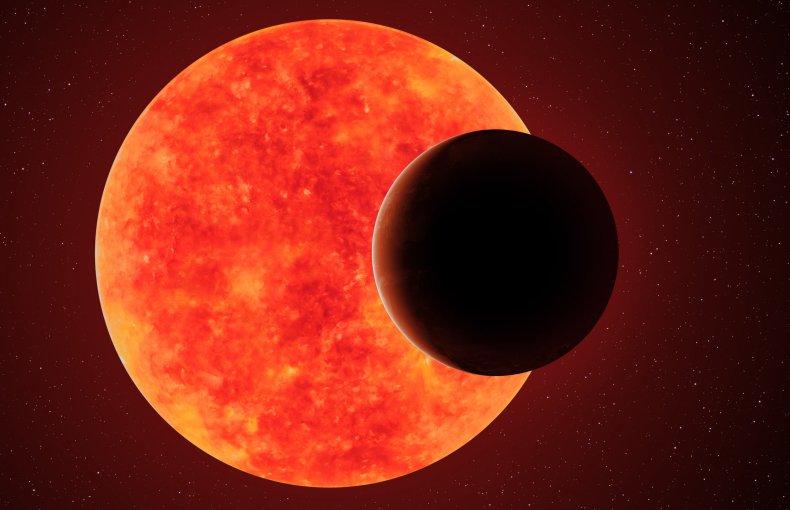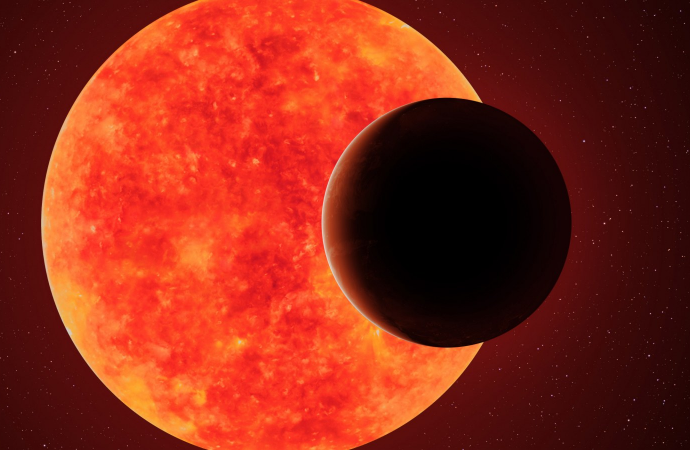Astudy has found that exoplanets orbiting red dwarf stars may not be as badly affected by stellar radiation as scientists had previously suspected.
Source: Newsweek
Red dwarfs are small stars that account for a large chunk of all stars in the galaxy. They are dimmer than our own sun, but that means it is easier for scientists to find smaller terrestrial planets around them.
Although red dwarfs are smaller and cooler than the sun, they tend to spin faster and be more active. This means they give off a lot of radiation that would be harmful for life on any planets that might orbit them.
Radiation is particularly intense during a flare—a short blast that is usually fired off in a particular direction—and red dwarf stars tend to flare more often than the Sun.
However, scientists have found evidence that red dwarfs tend to shoot their flares either upwards or downwards instead of out at the equator.
Since most planets tend to orbit stars roughly at their equators, this suggests the flares would simply miss, and the planets might not be bathed in deadly radiation.
Ekaterina Ilin, lead author of the study, told Newsweek that the stars she and the team looked at were “prime targets for our search for habitable planets.”

She said: “In the end, our results are a hint that exoplanets around those very small stars may be more habitable than we previously thought.
“It also tells us that we need to understand the space weather conditions in these systems in perhaps much greater detail before we can really tell whether a given planet is suited for life as we know it or not, or how habitable our Solar System has been in its early days.”
The team came to their conclusion by analysing white-light flares on fast-rotating red dwarfs and working out what latitude the flares had come from.Nearby Exoplanet Could Potentially Support Life.
They observed four separate stars out of more than 3,000 red dwarfs that were initially processed using Transiting Exoplanet Survey Satellite (TESS) data.
On all four stars, the flares occurred above a 55 degree latitude—much closer to the poles of the stars than to their equators.
According to the study, stellar flares can be harmful to exoplanets since they can erode planetary atmospheres and even cause the loss of oceans.
The study manuscript was accepted for publication in the Monthly Notices of the Royal Astronomical Society (MNRAS) journal on August 5.
The impact of such flares on our own planet are well documented.
Flares produced by our own sun—called solar flares—can have harmful effects on orbiting satellites and even result in the loss of power over large regions. Damage to power grids and satellites can be very expensive and disruptive, according to NASA’s Goddard Space Flight Center.
Source: Newsweek

































Leave a Comment
You must be logged in to post a comment.